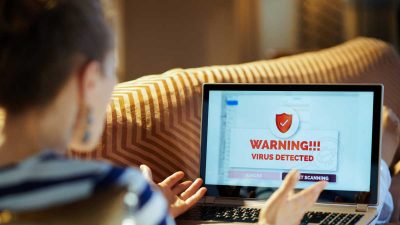Cybersecurity concerns in the work from home era

Some employees have headed back to the workplace, but remote work is entrenched now, and many companies are allowing either fully remote or hybrid employment. That means a new set of challenges for organizations.
It’s one thing to keep a network safe when it mostly consists of known, monitored devices running on the same network. It’s a whole different ballgame when people are working outside the office. And there are security concerns you need to address.
Here are some areas to be aware of in the new remote work reality.
Physical access
It’s easier to enforce locking the computer when you step away in an office environment. At home, it can be easy to get lax. Many remote workers have families or roommates, and it’s important to emphasize that they should take precautions about physical access to their work systems just like they would at the office.
Eavesdropping (both physical and digital) can be a problem. Emphasize finding a private space for important conversations, and consider using a VPN solution to safeguard your data.
Phishing
When you work in an office, it’s much easier to lean over and say, “Hey, did you get a weird email? Is this legitimate?” Phishing rates often increase when workers are isolated at home — there’s not the same “corporate immune system” effect.
It’s also less likely that employees will involve corporate IT when they see something that might seem suspicious. It’s critically important to ensure that a warning goes out to everyone in the company when a threat is identified.
Lack of basic security measures
Some remote workers use company equipment. Some don’t. Company equipment is always a better solution for security — users often don’t keep up with antivirus updates, system updates, and security patches, among other things. If they’re using a personal system, ensure you stress the importance of keeping up with updates.
Webcam and audio access
Remote meetings mean webcams and microphones, and these can provide a great deal of useful information for cyberattackers. Ask employees to blur backgrounds on calls so as not to provide identifiable data. Ensure they cover or unplug webcams and microphones when not in use.
Use secure centralized cloud storage
It’s a lot easier to keep important information safe if it’s on a centralized server, not spread across work-from-home systems. It also helps collaboration. Centralized cloud storage will help you keep your network safe.
The work-from-home era introduces new security challenges, but they don’t have to be insurmountable. If you have any questions or need a hand setting up systems for your remote employees, contact us.
